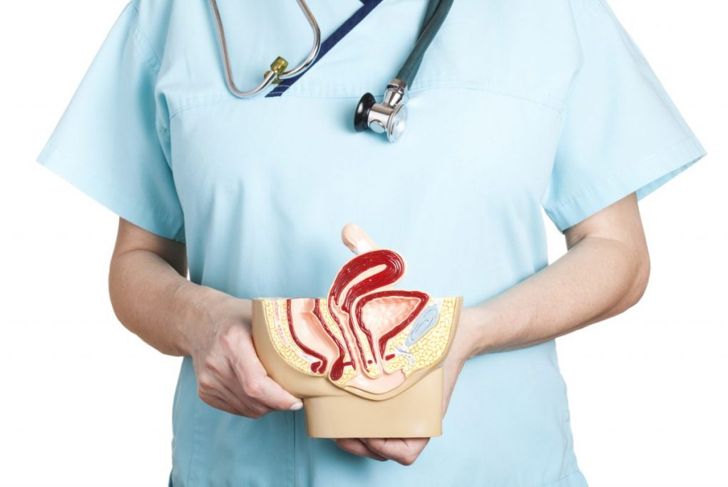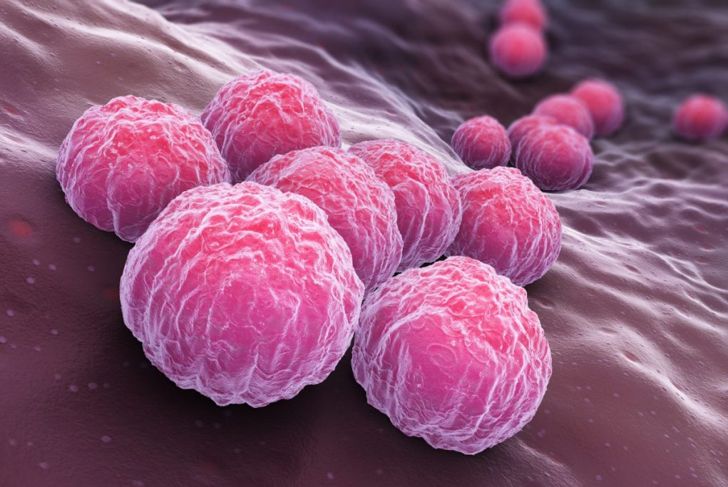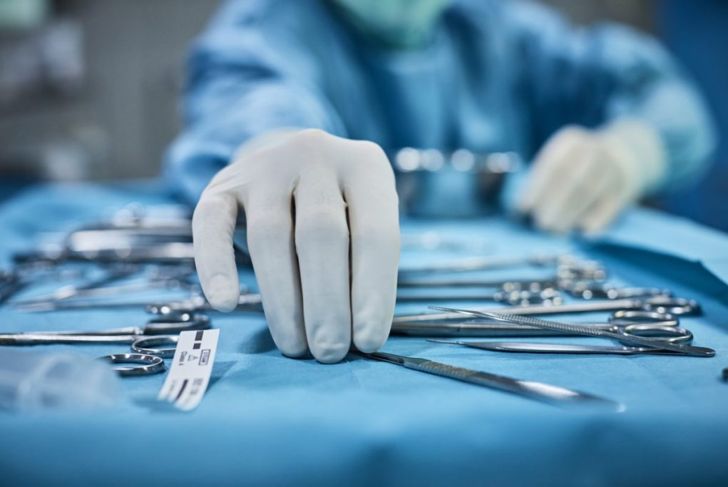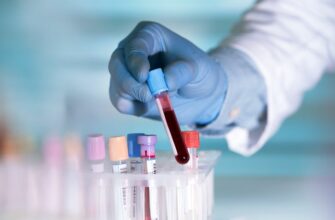Bartholin’s gland cysts are a common problem for many post-pubescent women. The small glands sit between the vagina and the vulva. Occasionally, a blockage forms and prevents the glands from properly performing their lubrication function. As a result, they may develop fluid-filled cysts. Though an infection may be the cause, Bartholin’s gland cysts are not infections themselves. Most Bartholin’s gland cysts require treatment because they are small and asymptomatic.
Bartholin’s Glands
At puberty, the Bartholin’s glands begin to function. The glands are around the size of a pea and sit on either side of the vagina at the base of the labia minora. Bartholin’s glands open on the surface of the external area of the female genitalia, the vulva. Originally, physicians believed the main purpose of the Bartholin’s glands was to secrete mucus to lubricate the vagina. Modern beliefs suggest that the Bartholin’s glands also provide lubrication for the labial opening. This may be to provide relief for irritation in a sensitive area.
Rarity of Cysts
Bartholin’s gland cysts are the most common cystic growths in the vulva. They generally develop along the labia majora. Around two percent of women develop Bartholin’s cysts at some point in their lives. However, it is possible that this percentage should be higher as many Bartholin’s gland cysts are asymptomatic. This may suggest that more women develop cysts and don’t notice their presence. One study found that black and white women were more likely to develop Bartholin’s gland cysts than Hispanic women.
Bartholin’s Gland Cyst Development
Because the Bartholin’s glands secrete mucus, a blockage can cause that mucus to fill the gland. As the fluid accumulates, it causes the gland to swell and expand. Eventually, it develops into a cyst. In some cases, Bartholin’s gland cysts can become infected and form abscesses. Many different types of bacteria can cause infections that affect the cysts. Some are bacteria responsible for sexually transmitted infections such as chlamydia and gonorrhea. Other possible bacteria include E. coli.
Symptoms
Most Bartholin’s gland cysts present no symptoms and women may not notice them at all. Some cysts can cause minor discomfort if they develop in sensitive areas. A larger Bartholin’s gland cyst is more likely to cause pain. If the pain is significant, it is likely that the cyst has become an abscess. Abscesses can cause the area to redden and become swollen. The genitals may become tender, causing everyday actions such as walking and sitting to become extremely painful.
Prevention
Health care professionals are not entirely sure how Bartholin’s glands develop blockages. Therefore, it is currently not possible to purposefully avoid a Bartholin’s gland cyst. However, some physicians believe that bacteria may play a role in causing blockages. Maintaining proper hygiene can eliminate many of the bacteria present in the genitalia. It is possible to reduce the risk of sexually transmitted infections by using condoms. Additionally, research suggests that women with high parity possess a lower risk of Bartholin’s gland cysts. Parity refers to the number of pregnancies that a woman has carried to fetal viability.
Care at Home
Because Bartholin’s gland cysts are not typically serious, they are treatable with simple home remedies. It is important to note that women should never attempt to pop the cysts with tools or fingers as a major infection may develop. Sitz baths can potentially cause the cyst to rupture without outside pressure. A sitz bath is a gentle bath that takes place in a few inches of warm water. Warm compresses may ease some of the discomfort originating from the cyst.
Seeing a Doctor
Though Bartholin’s gland cysts are generally not harmful, there are a few factors that indicate that medical attention is necessary.
Cysts that continue to grow after several days of at-home treatment require professional examination.
If the area is extremely painful, it is likely that an abscess has developed.
Other symptoms such as vaginal discharge, vomiting, or fever indicate a serious infection.
If a woman has difficulty walking or sitting due to acute pain, it is likely that there is an infection.
Surgery
There are many treatment options available to doctors. In some cases, if a cyst is large or infected, it may require drainage. After a technician applies a local anesthetic, a surgeon will make a small incision on the cyst. After allowing it to drain, they will insert a catheter into the incision. The catheter may remain in place for several weeks to ensure the cyst remains open and drains properly. Some women may require complete surgical removal of a Bartholin’s gland cyst.
Marsupialization
Women who experience recurring Bartholin’s gland cysts may require marsupialization. A doctor will make an incision on the cyst. They will then place stitches on either side of the incision to create a permanent opening. Generally, this opening is less than a quarter of an inch in length. The doctor may choose to insert a catheter for the first few days following the procedure to ensure the area is draining. After a few days, the doctor will remove the catheter.
Other Treatments
Some physicians may recommend sitz baths as the main treatment or as follow-up treatment. If a Bartholin’s gland cyst has formed an abscess, doctors may prescribe an antibiotic. Physicians may also prescribe antibiotics to treat sexually transmitted infections. Some abscesses may require drainage but not antibiotics. The use of carbon dioxide lasers to drain cysts, including Bartholin’s gland cysts, has been rising in popularity in recent years. If treatments prove to be ineffective, a doctor may recommend removal of Bartholin’s gland.

 Home
Home Health
Health Diet & Nutrition
Diet & Nutrition Living Well
Living Well More
More




















